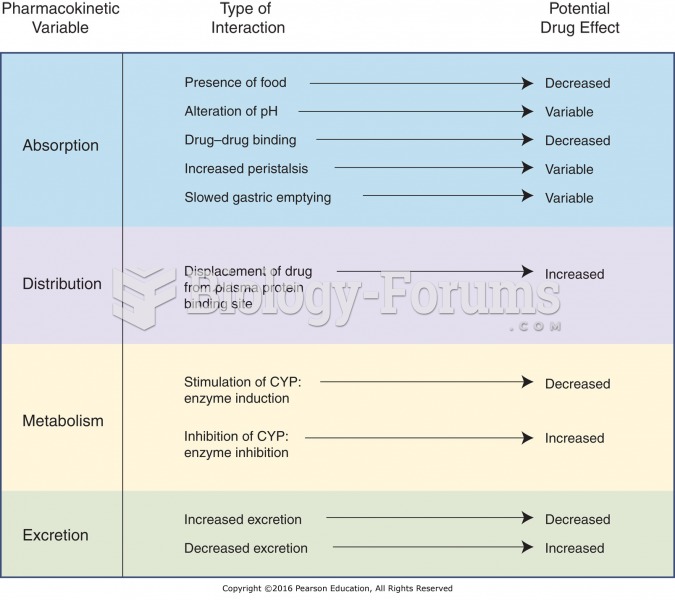Answer to Question 1
According to the Elliott research, both drug use and delinquency seem to reflect developmental problems; they are both part of a disturbed lifestyle. This research reveals some important associations between substance abuse and delinquency:
Alcohol abuse seems to be a cause of marijuana and other drug abuse, because most drug users started with alcohol, and youths who abstain from alcohol almost never take drugs.
Marijuana use is a cause of multiple-drug use: About 95 percent of youths who use more serious drugs started on pot; only 5 percent of serious drug users never smoked pot.
Youths who commit felonies started off with minor delinquent acts. Few delinquents (1 percent) report committing only felonies.
The Elliott research has been supported by other studies also indicating that delinquency and substance abuse are part of a general pattern of deviance or problem behavior syndrome, such as association with an antisocial peer group and educational failure.
There seems to be a pattern in which troubled youths start by committing petty crimes and drinking alcohol and proceed to harder drugs and more serious crimes.
Kids who drink at an early age later go on to engage in violent acts in their adolescence; violent adolescents increase their alcohol abuse as they mature.
Both their drug abuse and the delinquency are part of an urban underclass lifestyle involving limited education, few job skills, unstable families, few social skills, and patterns of law violations.
Student views will vary.
Ref: p. 420-421
Answer to Question 2
About two-thirds of substance-abusing youths continue to use drugs in adulthood, but about half desist from other criminal activities. Those who persist in both substance abuse and crime maintain these characteristics:
They come from poor families.
Other criminals are members of their families.
They do poorly in school.
They started using drugs and committing other delinquent acts at an early age.
They use multiple types of drugs and commit crimes frequently.
They have few opportunities in late adolescence to participate in legitimate and rewarding adult activities.
Some evidence exists that these drug-using persisters have low nonverbal IQs and poor physical coordination. Nonetheless, there is little evidence to explain why some drug-abusing youths drop out of crime while others remain active.







